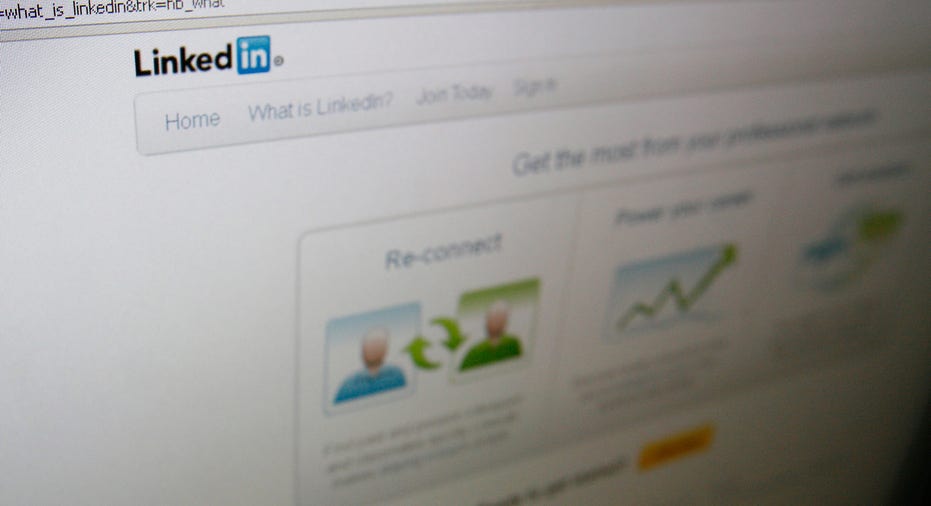3 Stories that Prove Temping Can Lead to Full-Time Jobs

Often, some of the greatest potential talent is right under our nose.
The best way to make sure untapped talent gets discovered is to have conversations. Facilitating a culture of open dialogue can go a long way in opening doors that otherwise may be overlooked. And one company that is leading the charge in this area is LinkedIn (NYSE: LNKD )
The employees at the professional networking site are always looking to connect with each other to explore opportunities to advance their careers and to improve the workplace. I recently chatted with three beneficiaries of LinkedIn’s open networking culture to learn more about how networking both on and offline can help launch a young career.
Alison King was filling out graduate school applications when she decided to start temping to pay the bills. The temp company she worked for landed her as a fill in at the reception desk of LinkedIn, still somewhat of a fledgling startup at the time. Because of her interest in human resources, she made sure to speak up and let the folks in human resources team know she’d be happy to help out. Being in the mode of always looking for good talent, the HR team came out to the front desk to conduct an interview with her, and three months after starting as a temp, King landed the job of HR assistant and is now an HR associate.
Dana Torres had been a stay-at-home mom for nearly two years when she decided she needed to get back into the workforce. To get started, she mentioned the idea to her friend, the aforementioned King, and that’s when the ball got rolling. Because of her own experience, King’s first instinct was to direct Torres to the temp company. Torres started out as a part-time temp working two days a week and within a month, she was supervising the reception crew. It wasn’t long before the ever-so-curios managers at LinkedIn discovered her interest and education in environmental health and safety. Now she is the health and safety coordinator for LinkedIn and is responsible for OSHA compliance and safety training among other things.
Jessica Clark was a graphic design student at San Jose State University when she jumped at the opportunity to do some temp work for extra money. After gigging at other companies, she landed part-time at LinkedIn and within two weeks she was working reception full time while finishing school. It wasn’t long before she started to branch out by offering to do side projects for other departments. During her last semester, she asked one of the design managers to take a look at her portfolio and give her some feedback. Impressed with what he saw he offered to take her on as a summer intern after graduation and now she is a user experience designer.
To learn their secrets, I spoke to all three women and they revealed some interesting insights on how to have the right job-search mentality and workplace attitude to progress a career.
Act Like an Owner. During their times as receptionists, the women were the first and last person every employee saw each workday, and they strived to make a human connection with each individual that came through that door. The key here is to be outcome focused and take pride in your work.
Be Who You Would Want to Hire. Self-awareness is a huge challenge among all levels of employees. It’s important to be aware of who you are and how you project yourself and to understand the needs of your employer and the company. These women were keenly aware of their talents and strengths and identified how to fill the needs of the LinkedIn team members.
Keep an Open Mind. All three women viewed their temp assignments as an opportunity. Take every work experience to learn new skills and hone old ones, meet new people and connect with other professionals in the industry.
Speak Up. Your friends and colleagues can’t help you find work if they don’t know you are looking. Always be open about your career goals and don’t be afraid of a little self promotion to showcase your sills.
Take Intelligent Risks. Clark points out that “if you never ask, they will never have the chance to say yes.” When she asked for feedback on her portfolio, she was prepared for some tough criticism, but it opened the door for a conversation that ultimately led to a job in her field.
When you can align someone’s personal and professional needs with that of the organization, you have a true win-win workplace scenario.



















